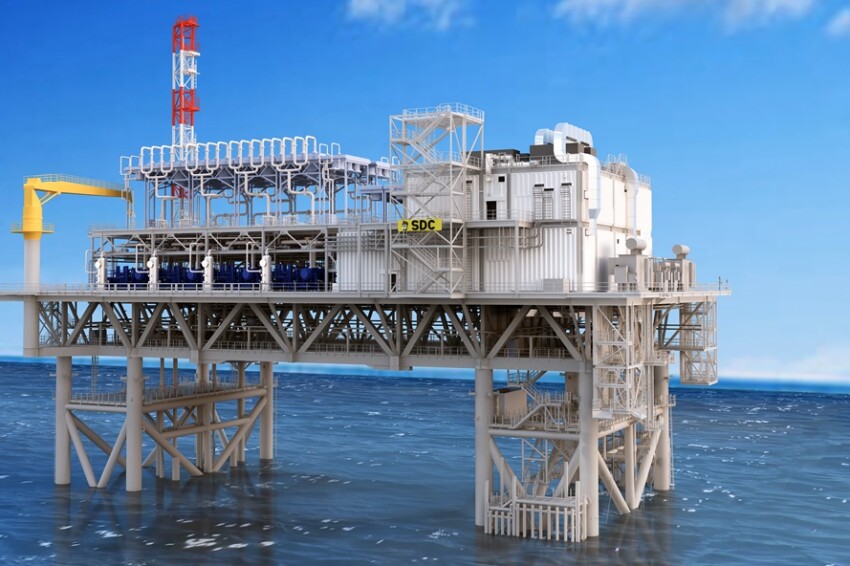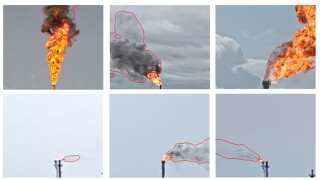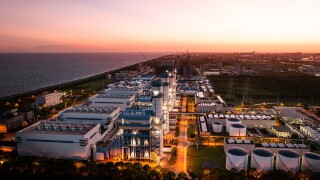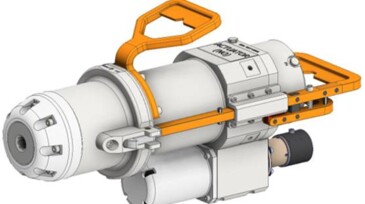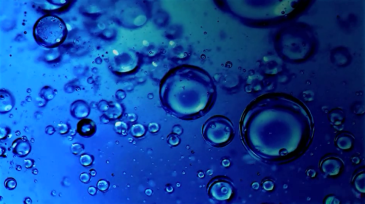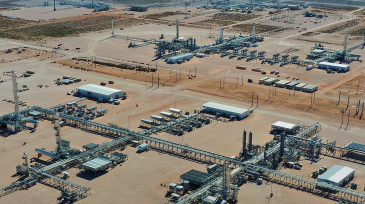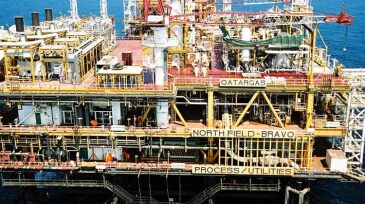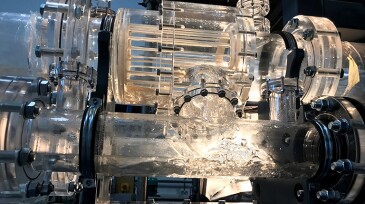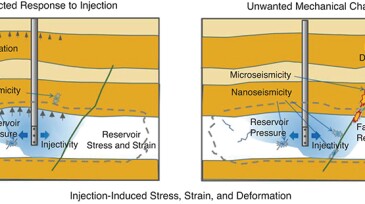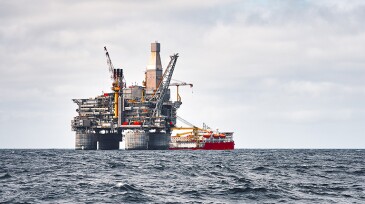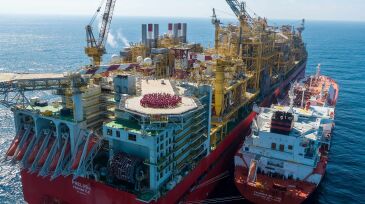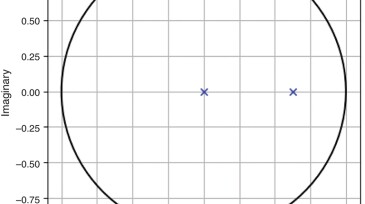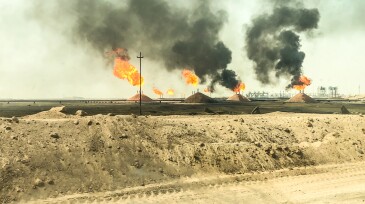Processing systems/design
BP’s new electric gas compression platform at Shah Deniz, Azerbaijan’s largest natural gas producer, is expected to sustain exports to Europe even as the field enters decline.
This paper focuses on developing a model that can be used in an automated, end-to-end flare-smoke detection, alert, and distribution-control solution that leverages existing flare closed-circuit television cameras at manufacturing facilities.
This study recommends favoring the combustion of ammonia over hydrogen for the purpose of reducing CO₂ and nitrogen emissions.
-
The paper describes the components of an all-electric system, how it fits within a subsea application, and how it compares with traditional electrohydraulic systems.
-
SponsoredA new Coriolis sensor and innovative multi-frequency technology enables measurement of two-phase flow with entrained gas.
-
The acquisition expands Targa’s midstream natural gas processing footprint in the active Delaware Basin of New Mexico.
-
The deal also includes a second, lump-sum contract to expand sulfur-handling, storage, and loading facilities.
-
A system that could help turn stranded-gas fields into producing projects has moved closer to reality, aided by the growing focus on reductions in carbon emissions.
-
The authors describe an integrated subsurface characterization and monitoring approach for the construction of underground gas storage while ensuring long-term stability.
-
The machine-learning techniques applied aim to deliver a prediction model based on both simulation and real-time field data. The model tracks and monitors system key performance indicators.
-
Being first isn’t easy, as the massive Prelude has demonstrated. Since being commissioned in 2018, the world’s largest vessel has suffered a series of setbacks and has now halted production for an indefinite period of time.
-
The authors propose a fast, self-learning dynamic process-modeling method that can be used for short-term forecasts, scenario modeling, and process optimization and control.
-
Baker Hughes will build a modular fast-track natural gas liquids processing plant in southern Iraq to capture associated gas for power generation and to reduce flaring.

